Tucked away in the northeastern corner of Costa Rica, the small village of Tortuguero is a true ecological gem. Nestled within a vast protected national park, it is one of the most important nesting sites for sea turtles in the Western Hemisphere. Each year, thousands of endangered green turtles arrive en masse to lay their eggs on the long, isolated stretches of beach. This incredible natural phenomenon draws visitors from around the world hoping to witness one of nature’s ancient reproductive rituals.
Turtle Nesting Wonderland
During peak nesting season from late July through early October, Tortuguero’s beaches host one of the world’s largest arribadas (mass arrivals) of nesting green turtles. As many as 100,000 greens nest on these shores annually. Leatherbacks, hawksbills, and loggerheads also use these iconic black sand beaches to lay eggs, with peak months varying. Park rangers offer guided night tours to see nesting in action while avoiding disruptions.
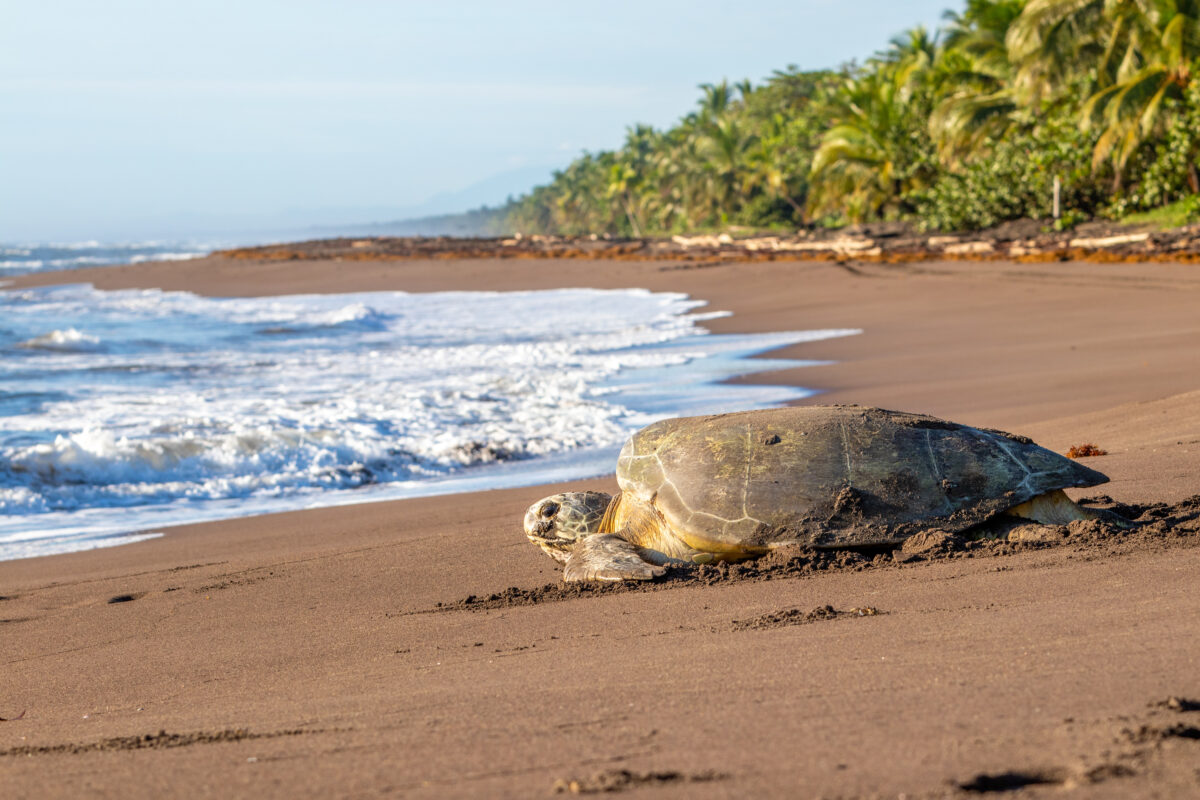
A Secluded Nature Sanctuary
Tortuguero National Park covers over 77,000 acres of lowland rainforest, mangrove forests, thick jungle rivers and creeks, coastal wetlands with marshy lagoons, and 22 miles of isolated Caribbean beaches. Such pristine biodiversity supports over 400 species of birds, jaguars, three-toed sloths, endangered West Indian manatees, spectacled caimans, three species of monkey, and endangered great green macaws.
Caribbean Conservation Pioneer
Sea turtle conservation efforts at Tortuguero date back to the late 1950s when researchers founded the Green Turtle Research Station, now operated by the Caribbean Conservation Corporation. Over 60 years of scientific study, sustainable eco-tourism, and outreach education have helped protect the area’s nesting populations from near-extinction levels before the 1960s.
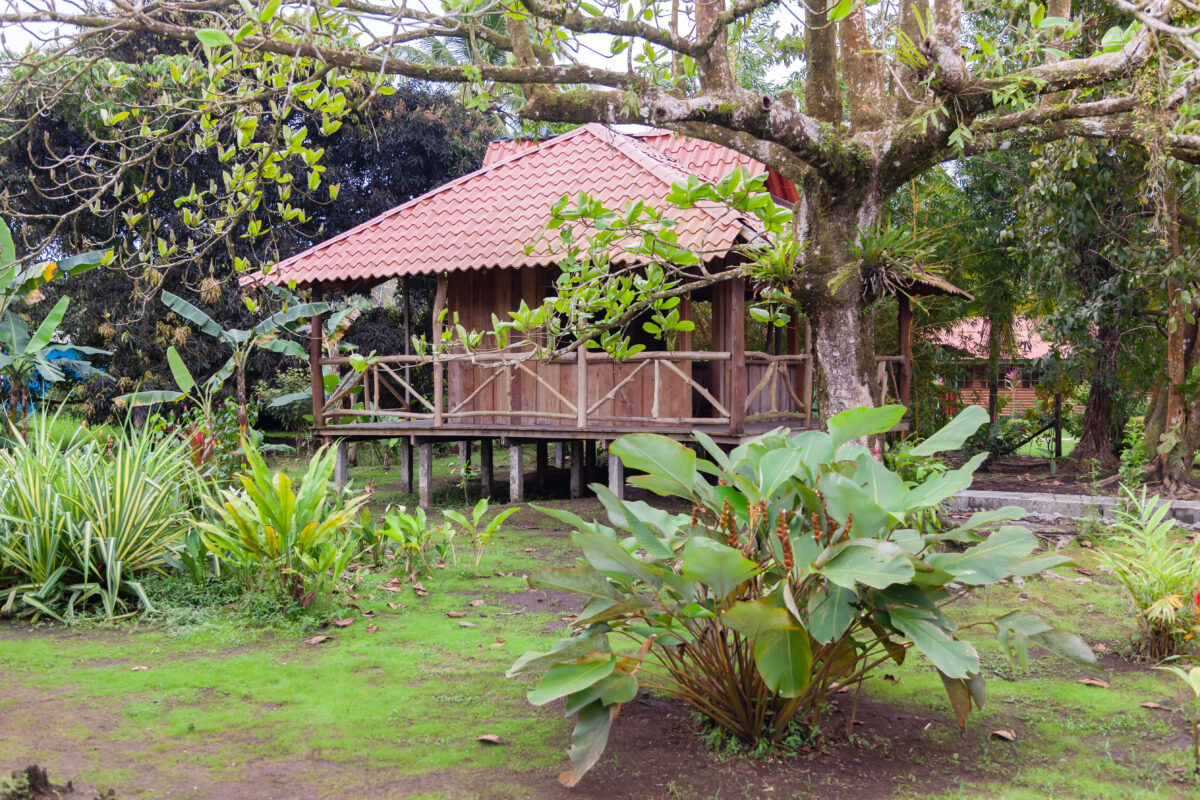
Indigenous Roots
For centuries before European arrival, the area around Tortuguero was inhabited by indigenous Carib, Miskito, and Rama peoples. Evidence of their settlements amidst the dense rainforests and coastal areas still remains. Tortuguero village was founded in the early 1900s by Jamaican migrants and Caribbean turtle fishermen.

Turtle Watching Guidelines
To avoid stressing nesting turtles, tours follow strict guidelines: use red filters on camera flashes/lights, do not touch turtles, stay out of their path to the sea, and limit loud noises and voices. Rangers instruct visitors and enforce the rules to ensure sustainability.
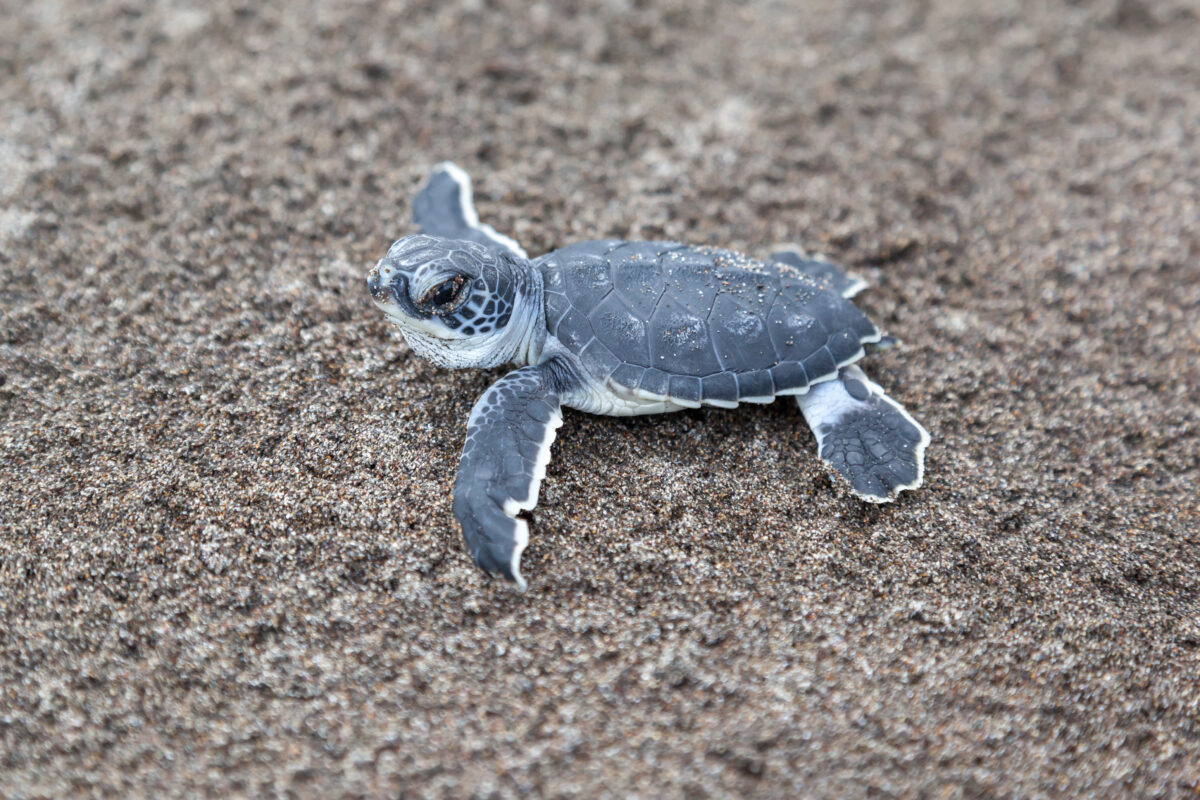
While Tortuguero’s rustic lodges and unpaved roads lend a remote ambiance, it is an accessible slice of protected Caribbean paradise. With its astounding biodiversity, celebrated sea turtle nesting grounds, indigenous cultural history, and decades of successful conservation efforts, Tortuguero allows visitors to experience one of Costa Rica’s most incredible natural treasures in an atmosphere of sustainable eco-tourism and respect for this fragile environment.
Tour Specials with our sponsor Costa Rica Dream Adventures!
Highlights of Costa Rica
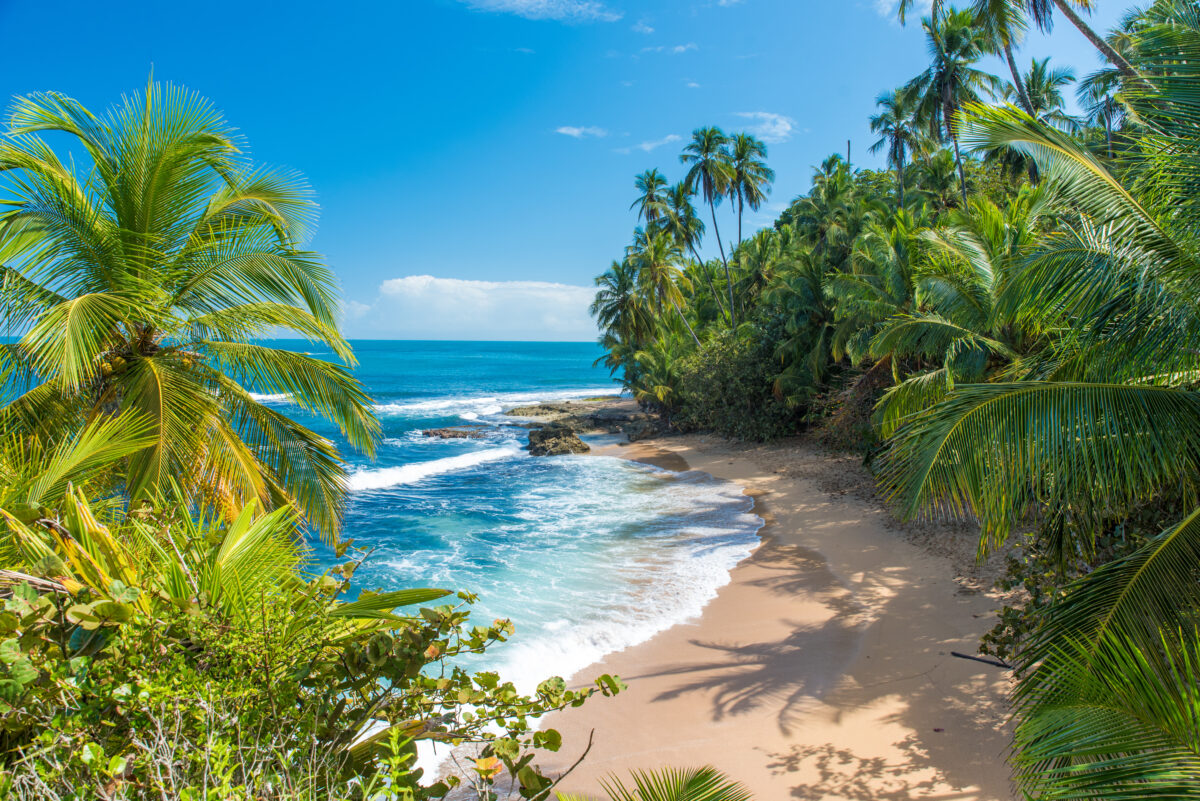
Ten days is plenty of time to get a taste of the wonders of Costa Rica. This complete itinerary aims to show the most popular locations in order for visitors to experience amazing mountains, rainforest, rich wildlife and tropical beaches.
Costa Rica Quest
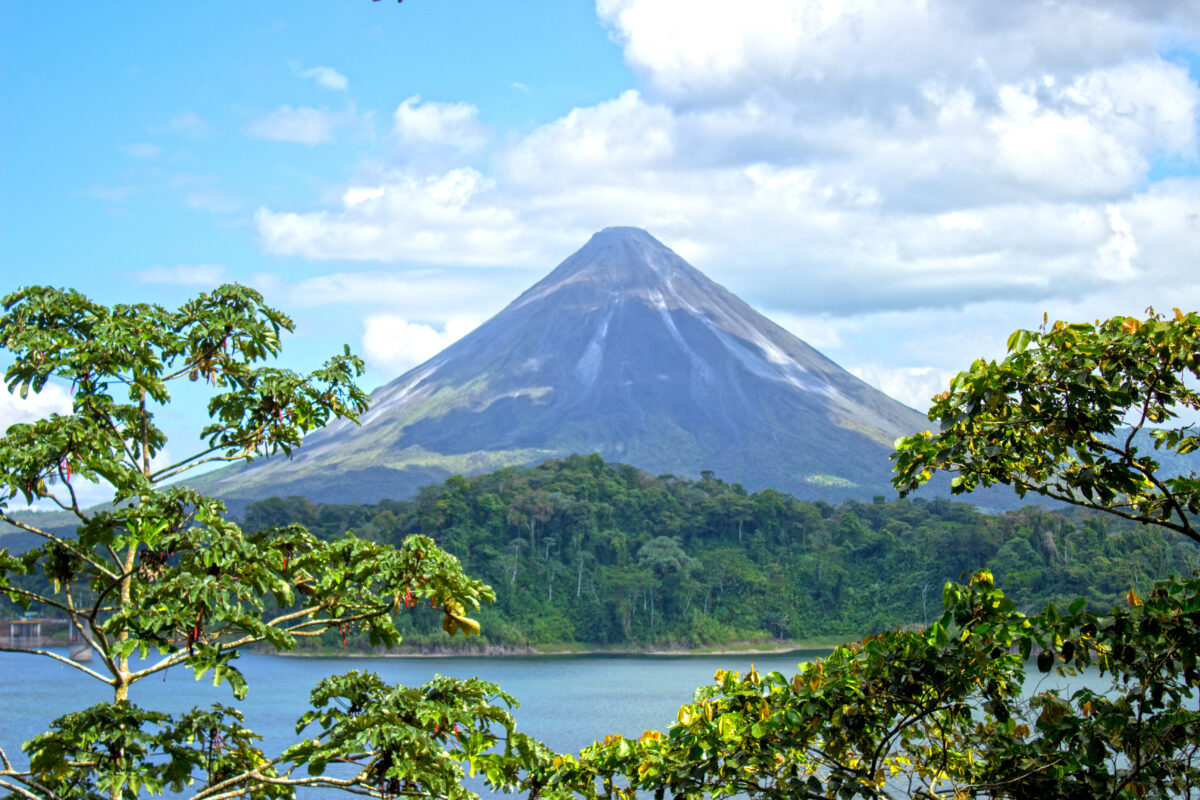
Our most popular vacation, Costa Rica Quest 8 days’ vacation package will take you to an incredible journey to Costa Rica’s top destinations: San Jose, Arenal Volcano and Tamarindo.
This Pura Vida adventure will offer spectacular sceneries, rainforest adventure, culture, nature, relaxing hot springs, beautiful beaches and more! The perfect package for adventure seekers!
Travel Agents: You can use the content above on your own website or newsletter, compliments of the supplier sponsor above who has paid for your use of the materials. All you need to do is to follow the directions in the TRO Licensing Agreement. Also, please take a moment to check out the travel supplier that makes your use of this material possible. To use – Follow the procedure outlined in the TRO Licensing Agreement. Then, right click on this page and choose “View Source”. Copy the HTML and paste the copied html into your own webpages or newsletter. You may remove advertising.



